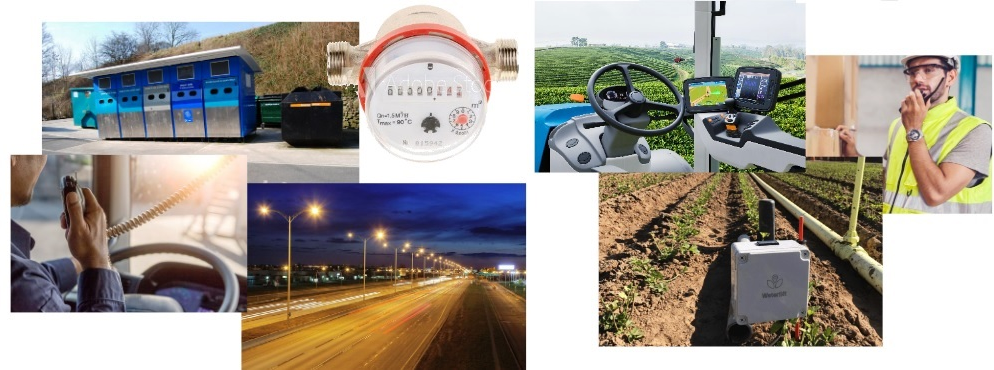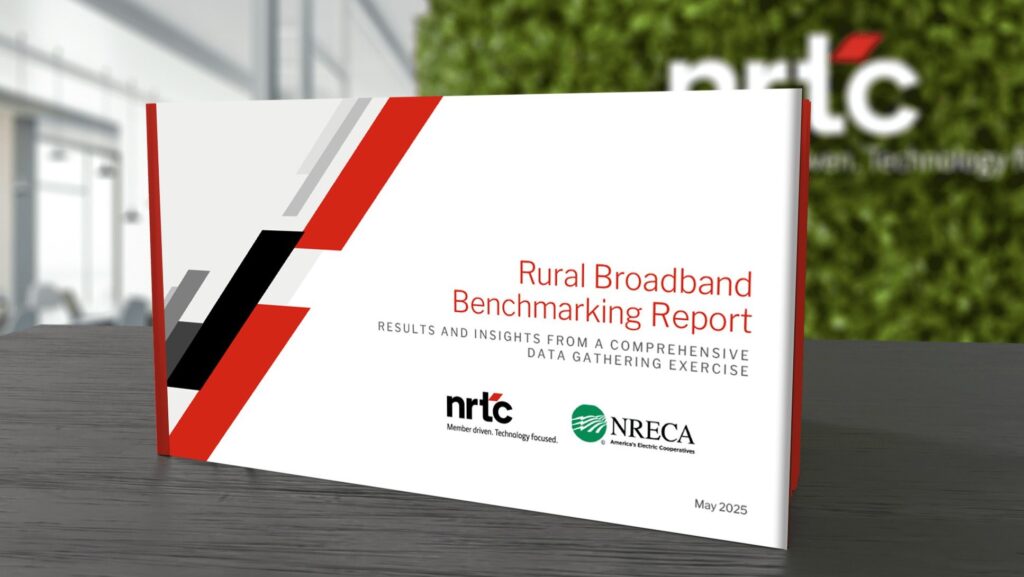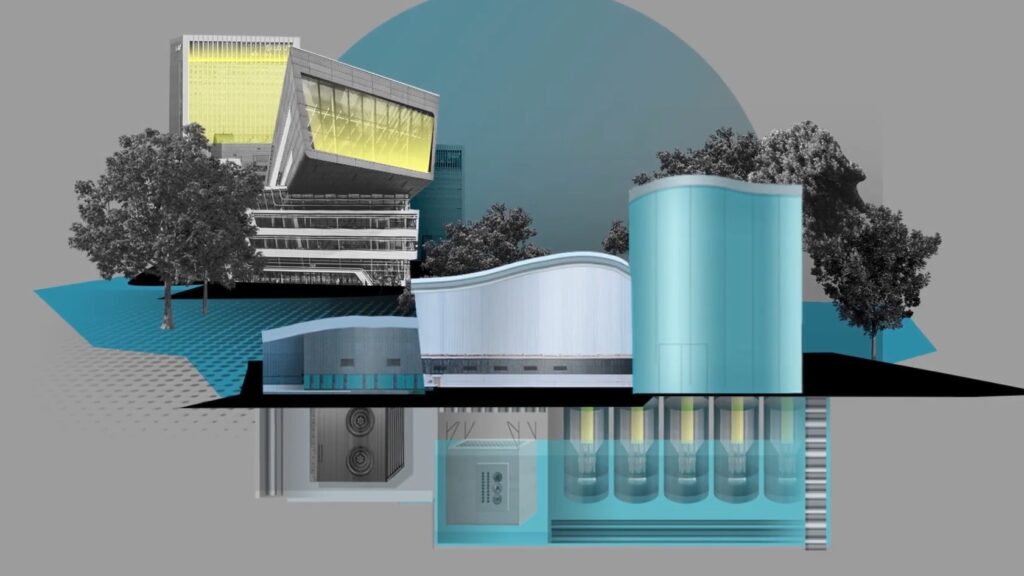NRTC Plans pLTE Explorations for the Coming Year
Randy Sukow
|

There are several possible functions rural electric and telephone companies could find for a private wireless network, from coordination with work forces, communicating with smart grid networks, operating security cameras and even last-mile voice and data service to consumers. A growing ecosystem of devices for private LTE (pLTE) networks, based the same technology that millions of consumers use for 4G mobile phone service, is opening an increasing number of opportunities, including wireless interfaces for electric utilities.
“I expect that we’ll have prototype deployments throughout 2022. Lots of capabilities will be added on top of the LTE network that are really outstanding for the meters,” said Joe Walsh, VP, NRTC’s Smart Grid Advisory and Networks, during a recent webinar. “NRTC will be conducting a couple of pilots in Q1. We’re in the process of evaluating LTE equipment manufacturers. As we conduct those pilots, we’ll be happy to report out what we’re hearing and what we’re seeing.”
Walsh led two pLTE webinars in November, one focused on uses cases for electric members and the other for telco uses. NRTC is planning for a series of additional pLTE webinars in 2022 and welcomes member suggestions for targeted webinar topics, he said.
NRTC members could choose to build pLTE on their own to gain flexibility compared to using national carriers to establish wireless functions. Owning the network allows the member to prioritize where to build coverage and where to send work crews when weather events interrupt service. Large national carriers’ coverage in rural areas often is lacking.
At the same time, some utilities could choose to build networks in cooperation with local governments to meet emergency communications needs. “In many areas, FirstNet does not cover the areas first responders need. This is a way to get them that coverage,” Walsh said.
NRTC members might find others in their communities that could use the same improved coverage and flexibility for their own industrial and agricultural needs. A pLTE network could be the basis for new partnerships. In fact, wireless networks could facilitate rural telco and electric partnerships in some areas,” he said.
Spectrum is available for private networks. Citizens Broadband Radio Service (CBRS) channels the 3550-3650 MHz band could be ideal for many rural organizations. While the FCC auctioned Priority Access Licenses to part of the CBRS band last year, a significant amount of General Authorized Access capaciety remains available for networks to access at lower cost. There are other spectrum alternatives for pLTE networks as well, Walsh said.
In some rural areas, commercial networks are building 5G networks rapidly. Participants in the pLTE webinars were curious about the effect 5G could have on private network planning. Walsh explained that 5G is part of a long-established “roadmap” of related technologies that began with 3G.
“As we are beginning our LTE solution, our starting point is [the current] Release 15 and that is capable of supporting both 4G as well as 5G,” Wash said. “For the near term, utilities need LTE capability. 5G will start coming into play when you have a large number of low-power devices.” Also, the ecosystem of available LTE devices for specialized uses is much larger than 5G’s ecosystem today.
For more detailed information about pLTE and 2022 plans for meter pilots, contact Joe Walsh at jwalsh@nrtccoopstg.wpengine.com. NRTC members may access recordings of the pLTE webinar for electric cooperatives and the webinar for telcos.


